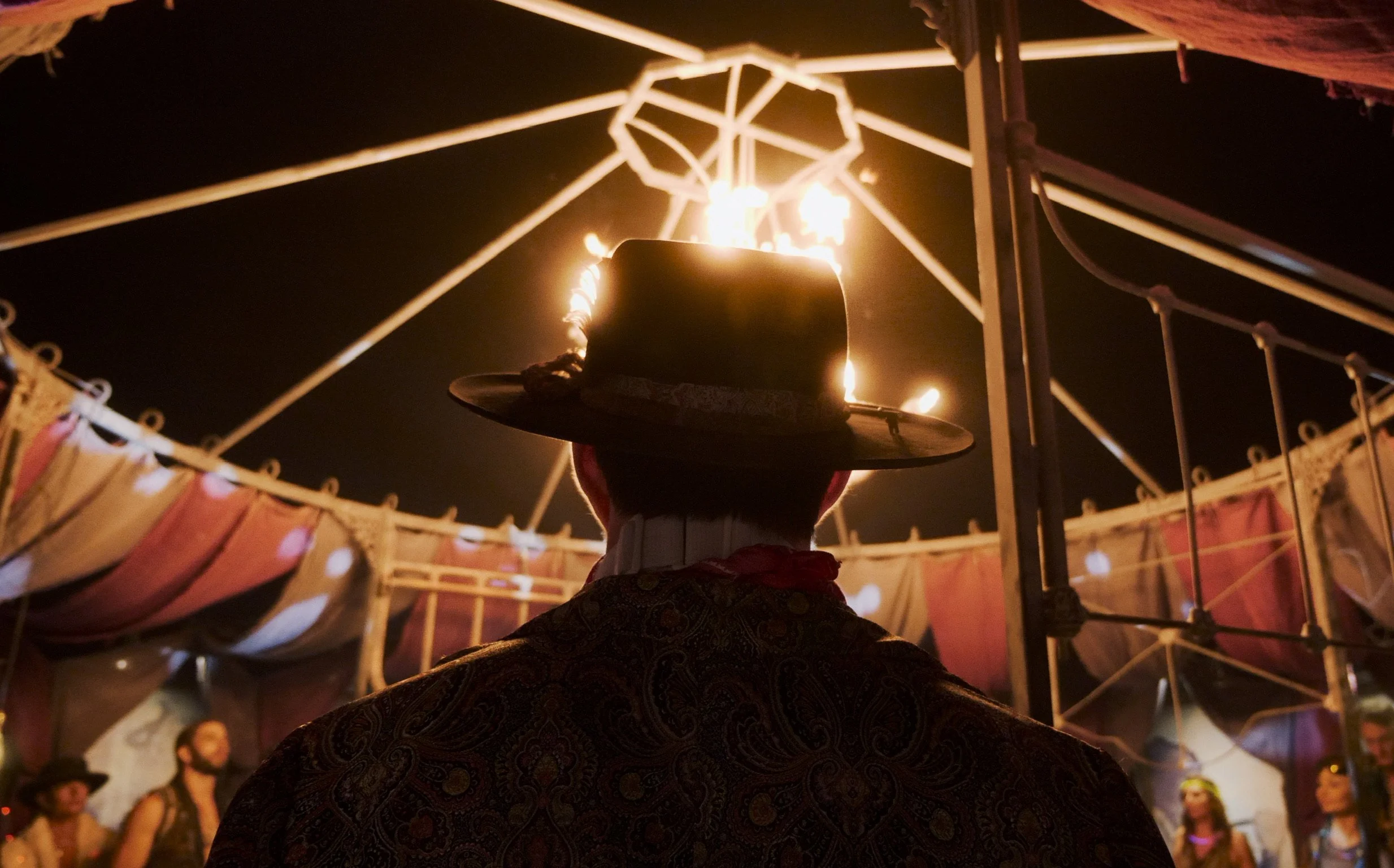5 Key Trends in Creative Video Production for Documentaries
In the ever-evolving world of creative video production, documentaries continue to push boundaries and explore new avenues of storytelling. From innovative technologies to advanced techniques, the landscape of documentary filmmaking is experiencing a revolution. Let's dive into five key trends shaping the future of creative video production for documentaries.
The Rise of Interactive Documentaries
In recent years, we've witnessed a significant shift towards interactive documentaries, offering viewers a more engaging and immersive experience. Through interactive elements such as clickable content, decision-based narratives, and virtual tours, audiences can actively participate in the storytelling process. This trend not only enhances viewer engagement but also provides a unique way to convey complex narratives in a compelling manner.
Interactive documentaries allow for personalized journeys where viewers can choose their own path through the story, creating a sense of agency and investment in the narrative. By blurring the lines between creator and audience, interactive documentaries redefine traditional storytelling structures and open up a world of possibilities for creative video production in the documentary genre.
As technology continues to advance, we can expect interactive documentaries to become even more sophisticated, offering seamless user experiences that bridge the gap between storytelling and interactivity. This trend not only challenges filmmakers to think outside the box but also empowers viewers to become active participants in the storytelling process.
Virtual Reality Enhancements in Documentary Filmmaking
Virtual reality (VR) technology has revolutionized the way documentaries are created and consumed, providing audiences with an unparalleled level of immersion and presence. By transporting viewers to the heart of a story through 360-degree environments, VR documentaries offer a truly immersive viewing experience that blurs the line between fiction and reality.
From exploring far-off landscapes to witnessing historical events firsthand, virtual reality enables filmmakers to craft narratives that elicit powerful emotional responses from viewers. The ability to create empathy and connection through VR storytelling is reshaping the documentary landscape, taking creative video production to new dimensions of engagement and storytelling.
With VR headsets becoming more accessible and VR content becoming increasingly sophisticated, we can anticipate a surge in VR-enhanced documentaries that push the boundaries of storytelling. This trend not only challenges filmmakers to embrace new technologies but also invites audiences to step into the worlds of the stories they watch in a way never before possible.
Innovative Storytelling Techniques in Video Production
In the realm of creative video production, innovative storytelling techniques are redefining how documentaries are crafted and presented to audiences. From non-linear narratives to unconventional story structures, filmmakers are experimenting with various approaches to capture viewers' attention and evoke emotional responses.
One such technique gaining traction is transmedia storytelling, where stories unfold across multiple platforms and media formats, creating a rich tapestry of interconnected narratives. By engaging audiences across different channels, filmmakers can deepen the immersion and complexity of their storytelling, offering a holistic viewing experience.
Furthermore, the integration of animation, data visualization, and participatory storytelling techniques is expanding the possibilities for creative video production in documentaries. These innovative approaches not only challenge traditional storytelling norms but also invite audiences to become active participants in the narrative, blurring the boundaries between fiction and reality.
The Impact of AI and Machine Learning in Film Editing
The integration of artificial intelligence (AI) and machine learning technologies is transforming the landscape of film editing in the realm of creative video production. AI-powered editing tools streamline the post-production process, offering filmmakers efficient solutions for tasks such as scene segmentation, color correction, and audio editing.
By leveraging machine learning algorithms, filmmakers can analyze vast amounts of footage, identify key moments, and even suggest creative editing choices based on patterns and trends. This fusion of technology and artistry not only accelerates the editing workflow but also introduces new possibilities for enhancing visual storytelling and audience engagement.
As AI continues to advance, we may see a future where intelligent editing systems can anticipate filmmakers' preferences, automate tedious editing tasks, and even generate personalized viewing experiences for audiences. This trend signifies a paradigm shift in creative video production, where technology becomes a seamless partner in the storytelling process.
Emerging Trends in Color Grading and Visual Effects
Color grading and visual effects play a pivotal role in shaping the mood, atmosphere, and visual aesthetics of documentaries. The emergence of new color grading techniques and visual effects technologies is revolutionizing the way filmmakers manipulate light, color, and texture to convey narrative themes and evoke emotional responses.
From creating stylized looks to enhancing cinematic realism, advanced color grading tools empower filmmakers to transform raw footage into visually stunning masterpieces. By fine-tuning color palettes, adjusting contrast levels, and adding visual effects, filmmakers can imbue their documentaries with a distinct visual identity that captivates viewers and enhances storytelling.
Moreover, the integration of real-time rendering engines and immersive visual effects technology is pushing the boundaries of visual storytelling in creative video production. These emerging trends not only elevate the visual quality of documentaries but also offer filmmakers innovative tools to bring their creative visions to life in ways that were previously unimaginable.
As creative video production in documentaries evolves, embracing these trends can elevate storytelling to new heights. By integrating interactive elements, leveraging virtual reality, exploring innovative storytelling techniques, harnessing AI and machine learning, and mastering color grading and visual effects, filmmakers can captivate audiences in ways never seen before.

